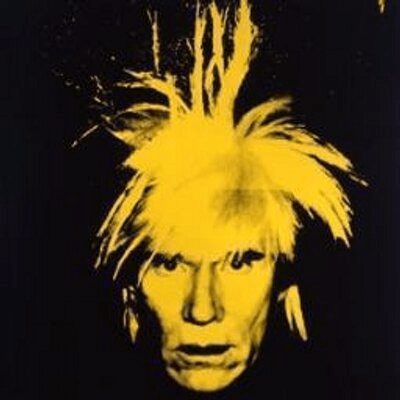
______ is the name of this artist.

The main principle used in pop-art, such as this example, of repeated images is called _________.
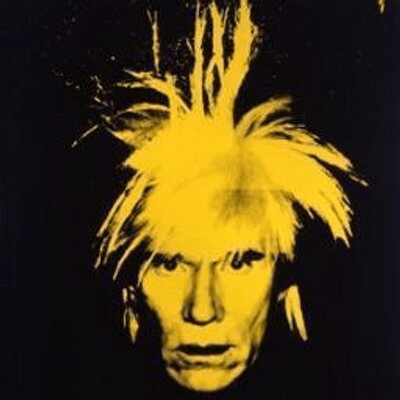 He
HeHe was the leading figure of _____-______ style of art.
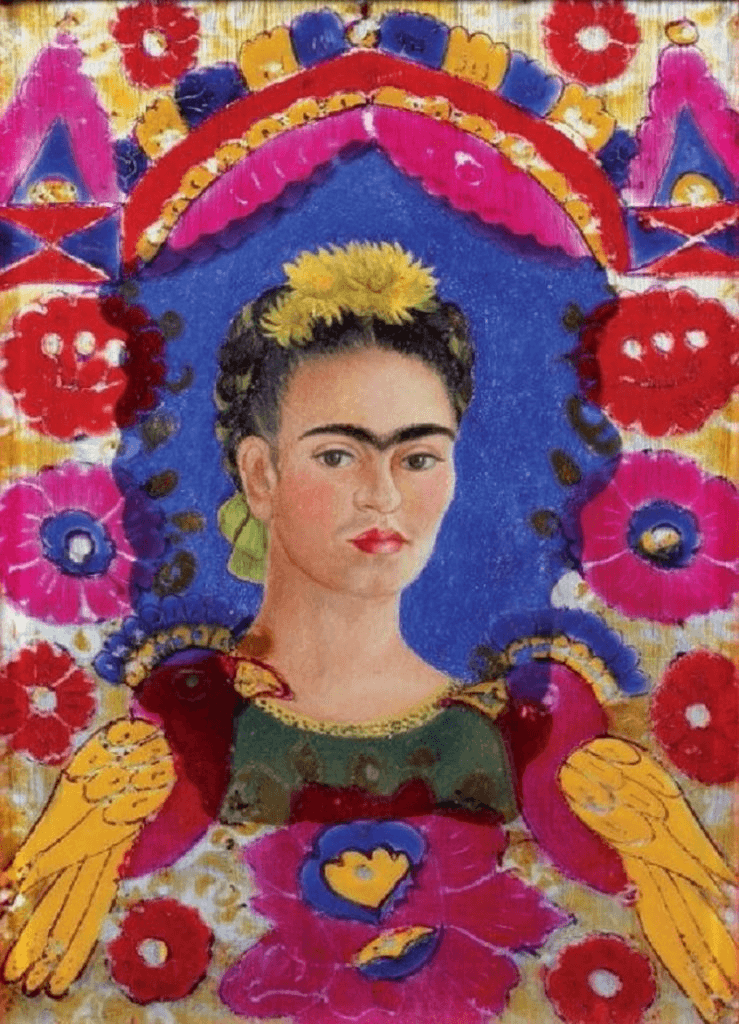
When you split this painting by Frida Kahlo in half, you can see the principle of _______.
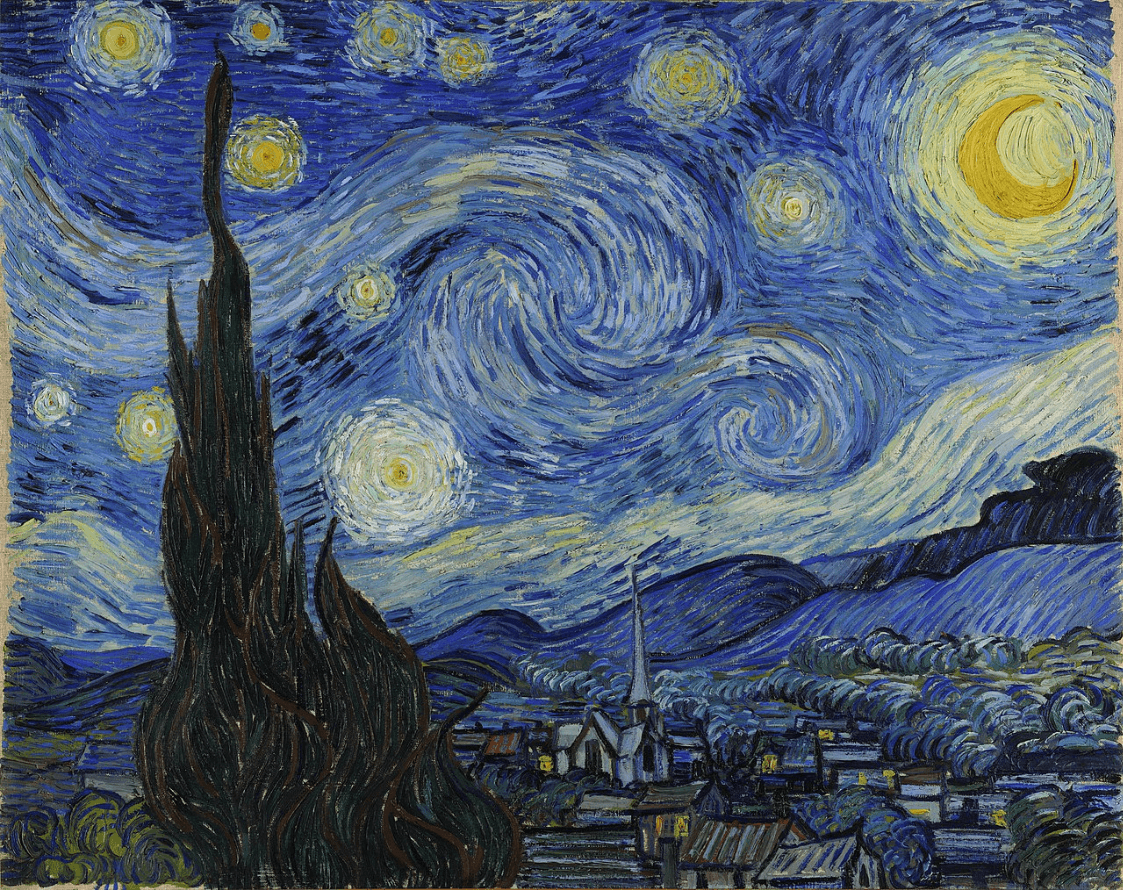
The image by this artist, ________ ____ _______, is a perfect representation of unity being created by the painting style.
We focused on the Elements of _____ and _______ when creating our realistic eyes.
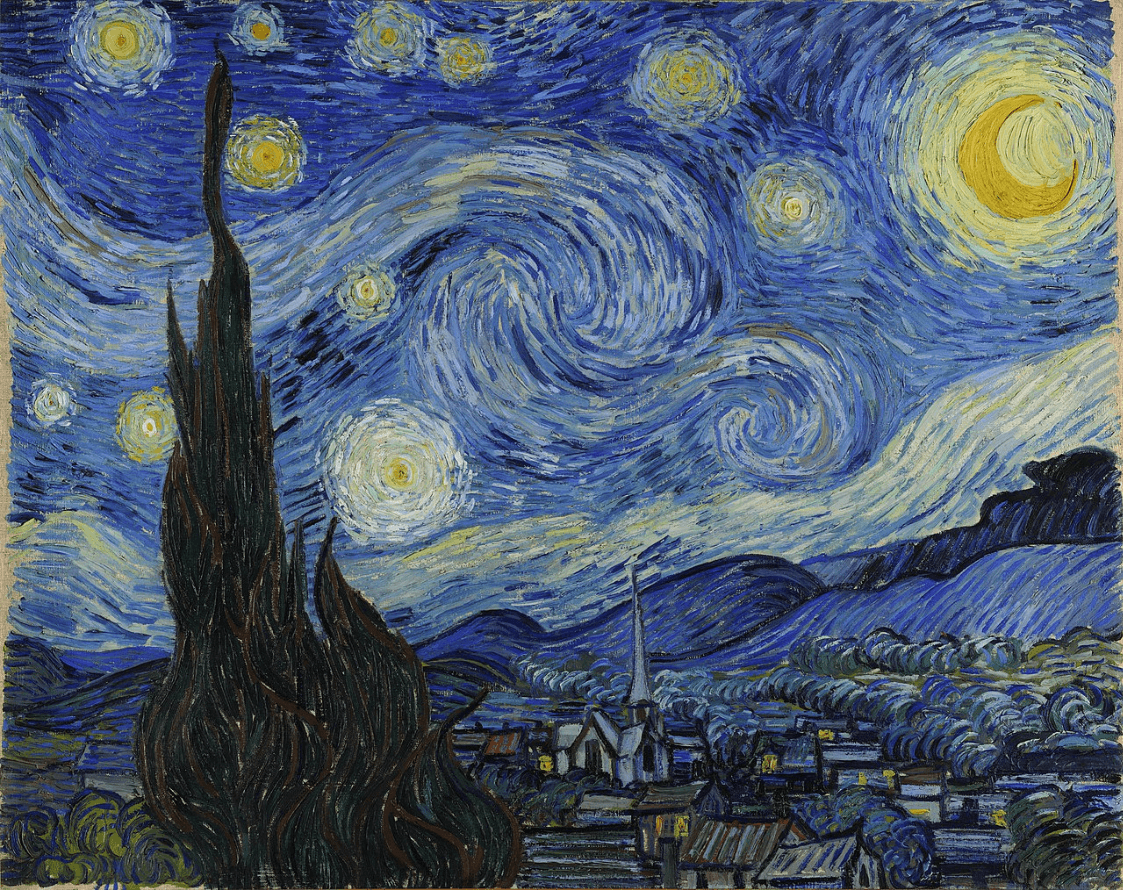
This painting by Vincent van Gogh is a representation of _______ balance, because the Elements are balanced but not the same on each side.
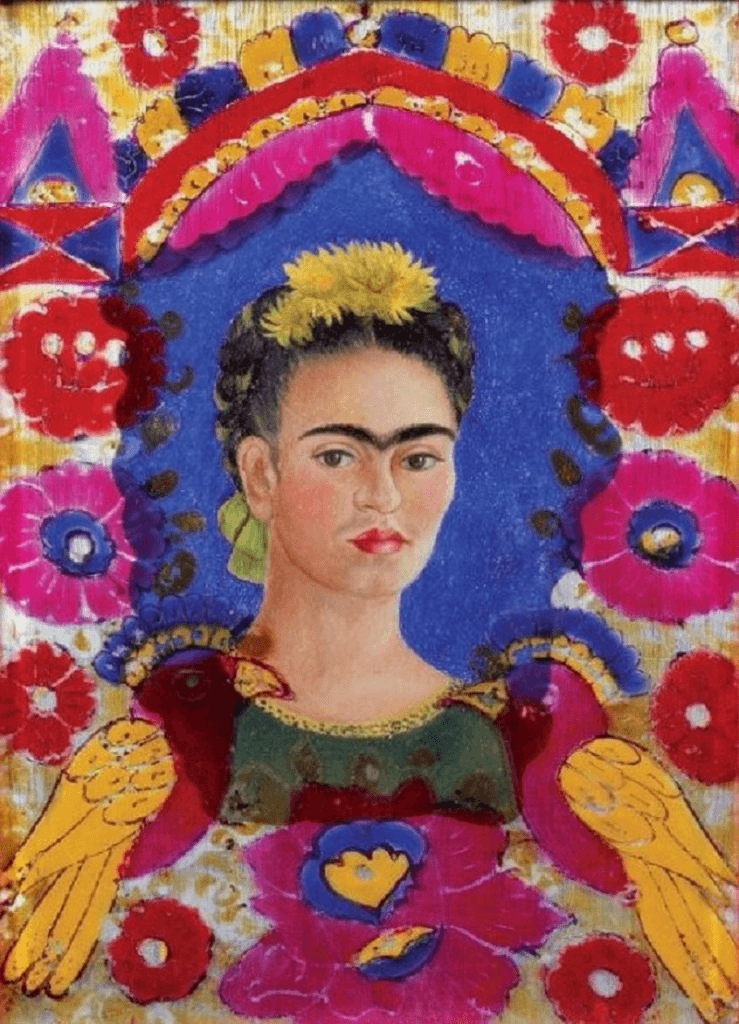
This painting by ______ _______ shows balance of the frame around her face.
By using the ______ technique, we created boxes to draw directly from our photographs of shoes or soda cans to create realistic drawings.
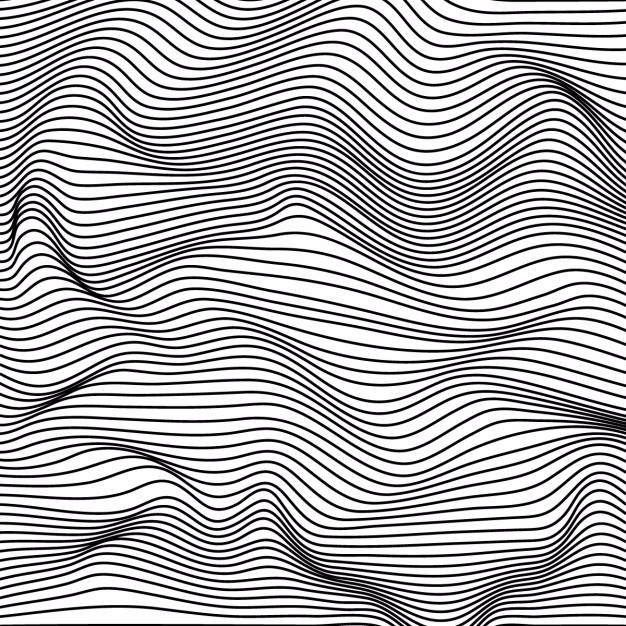
The artist used the Element _______ to create the appearance of value.
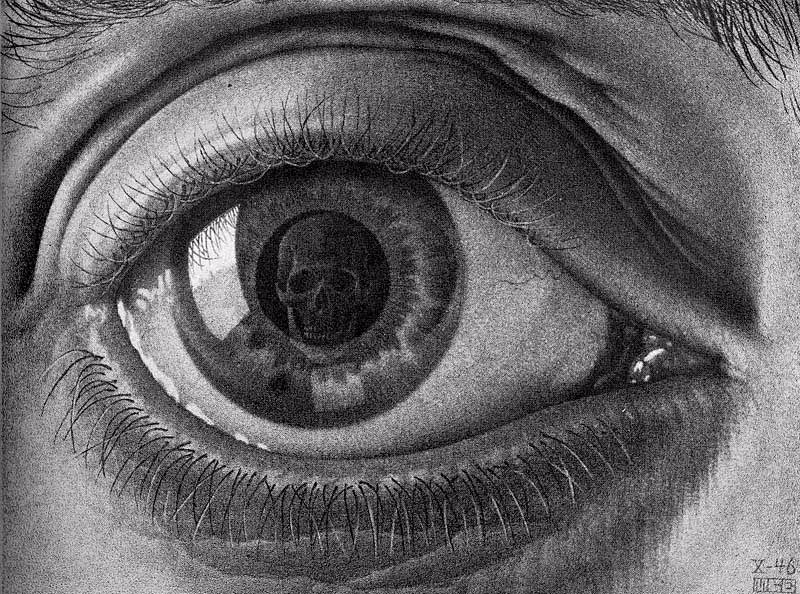
___ ______ is the name of this artist, who is also Ms. Niehaus' favorite artist.
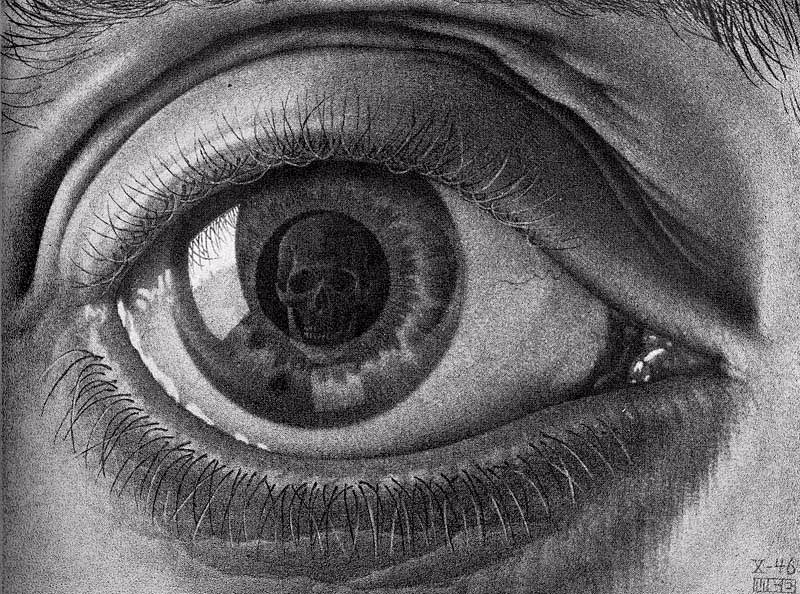
MC Escher uses value to create ________ (a Principle) of the skull inside the eye.